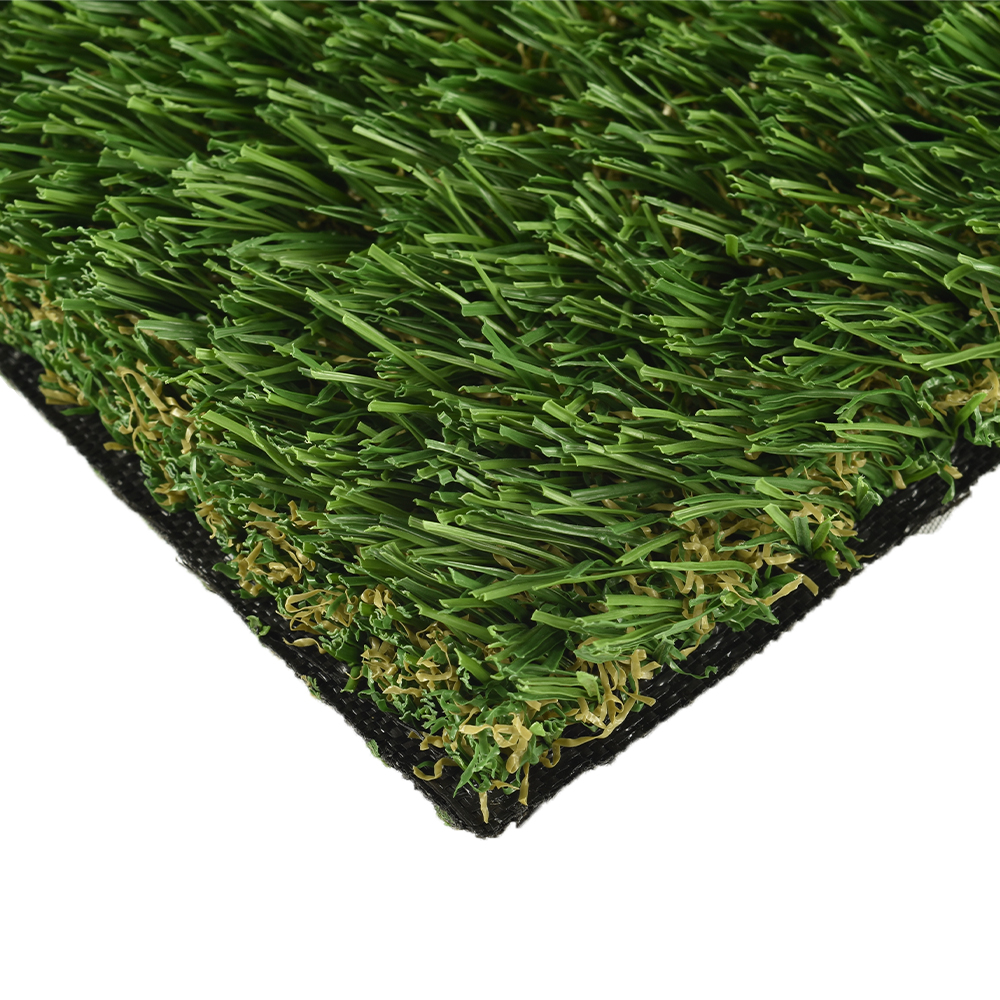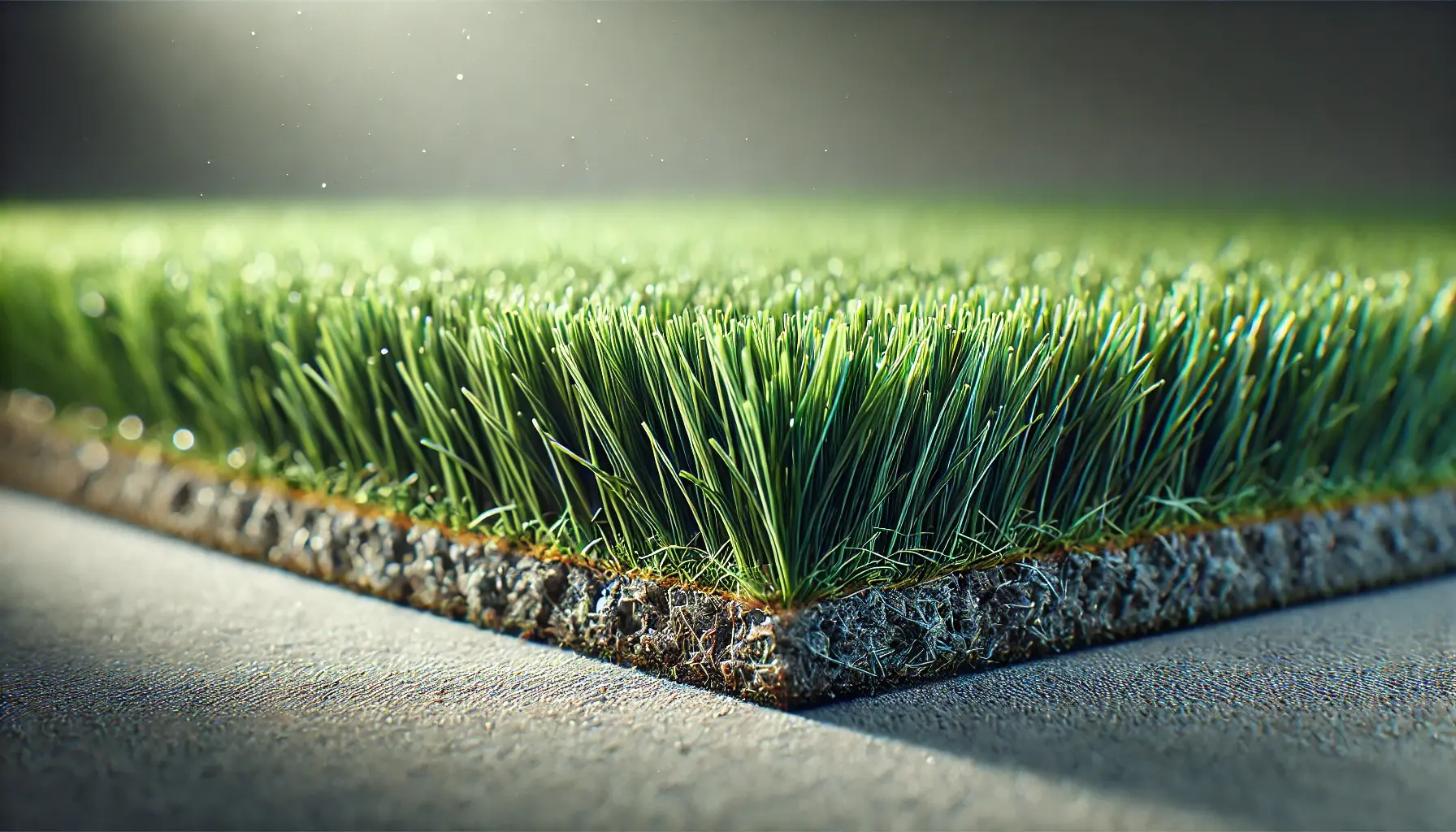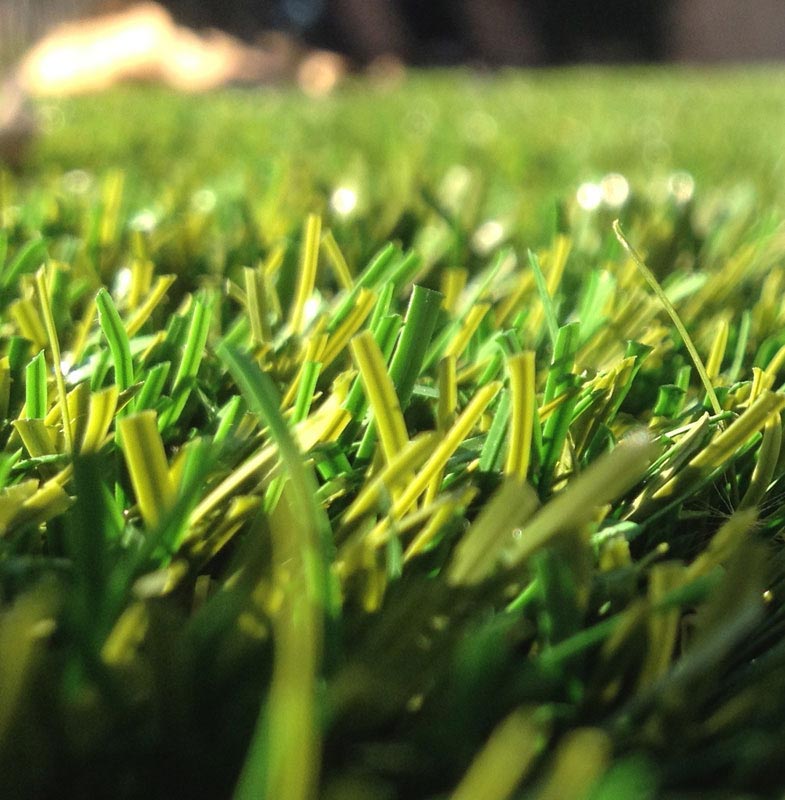Delve Into the Environmental Benefits of Opting for Synthetic Grass Solutions
The adoption of fabricated turf services provides an engaging possibility to deal with pressing ecological difficulties. By dramatically minimizing water use and decreasing the application of harmful chemicals, these options not just promote sustainable landscaping but likewise secure local environments.
Water Preservation Advantages
One of one of the most substantial benefits of synthetic lawn is its ability to preserve water. Conventional lawn yards need substantial irrigation, especially in locations vulnerable to dry spell or water constraints. On the other hand, fabricated lawn does not require watering, considerably minimizing the general demand for water resources. This function is especially valuable in dry regions where water scarcity is a pressing concern.
By getting rid of the need for regular watering, synthetic grass contributes to lasting landscape methods and assists minimize the environmental influence of excessive water consumption. The preservation of water prolongs to the decrease of runoff, which can lead to soil disintegration and river contamination.
In addition, the installation of synthetic grass allows property owners and communities to designate water resources much more successfully, concentrating on crucial usages such as alcohol consumption water and farming. The shift towards artificial grass not just advertises liable water use yet also lines up with wider ecological goals targeted at protecting natural deposits.
As areas progressively prioritize sustainability, the water preservation advantages of synthetic lawn offer a compelling situation for its adoption in household and industrial landscape design jobs.
Decreased Chemical Use
The change to synthetic grass significantly lowers the dependence on chemical therapies generally made use of in all-natural grass upkeep. Typical lawn monitoring typically includes the application of pesticides, plant foods, and herbicides to advertise growth and control parasites. These chemicals can posture threats to human health and wellness, regional wildlife, and the environment, contributing to dirt and water contamination.
In contrast, fabricated lawn eliminates the demand for these damaging materials. By lessening the release of artificial substances into the ecological community, man-made grass advertises healthier soil and water systems.
Furthermore, the lack of chemical runoff connected with artificial grass installments aids safeguard neighborhood waterways from contamination, supporting water life and keeping biodiversity. Turf installation phoenix az. As neighborhoods increasingly focus on lasting practices, selecting synthetic grass offers a practical service that straightens with ecological preservation goals. Via this change, homeowner can enjoy lavish green areas without jeopardizing environmental health, leading the way for a much more sustainable future
Lower Carbon Footprint

Furthermore, the installation of man-made lawn can result in considerable water conservation. All-natural grass call for considerable amounts of water for watering, which not just contributes to the carbon impact connected with water extraction and treatment but likewise stress neighborhood water resources. In contrast, artificial turf requires very little maintenance, needing no watering, therefore substantially reducing water use and its associated energy expenses.
Furthermore, the long life of fabricated lawn adds to its reduced carbon influence. With a lifespan of up to 15 years or more, the need for regular replacements is reduced, leading to much less waste and lower energy intake in manufacturing and dealing with typical grass choices. On the whole, synthetic grass presents a sustainable alternative for eco mindful landscaping.
Habitat Preservation
Habitat conservation is an important consideration in the discussion over landscape design options, especially when contrasting synthetic grass to natural yard. Natural grass yards frequently require extensive upkeep, including using fertilizers, check out here herbicides, and chemicals, which can negatively affect local ecosystems. These chemicals can seep into the dirt and rivers, harming indigenous flora and animals and disrupting regional habitats.
On the other hand, synthetic grass presents a possibility to decrease the ecological footprint of landscape design. By choosing artificial yard, property owners can decrease the disruption of all-natural habitats related to typical yard treatment practices. Synthetic grass gets rid of the requirement for dangerous chemicals, consequently protecting close-by wild animals and preserving the honesty of surrounding environments. Moreover, the installation of artificial lawn can lead to the conversion of former turf locations right into even more biodiverse landscapes, such as pollinator yards or indigenous plant locations, which can support local wildlife.
Inevitably, the change to artificial lawn not just saves water and decreases Homepage maintenance efforts but additionally promotes a much more harmonious relationship in between human tasks and the natural environment, promoting environment conservation while doing so.
Long-Term Sustainability
Lasting sustainability is a crucial consider reviewing the benefits of fabricated lawn over typical lawn lawns. Among the most significant advantages of synthetic grass is its sturdiness; it can last up to 15-20 years with very little maintenance, whereas all-natural lawn requires constant reseeding and replacement. This long life minimizes the need for consistent resources, such as water, fertilizers, and pesticides, which are crucial for preserving a healthy yard yard.
Furthermore, synthetic lawn adds to a decrease in carbon discharges connected with lawn treatment equipment. Typical lawns typically require gas-powered lawn mowers, trimmers, and blowers, all of which add to air contamination. Artificial turf companies phoenix. In comparison, synthetic grass eliminates the demand for such tools, promoting a cleaner setting
Moreover, the production of fabricated lawn Visit Website progressively makes use of recycled materials, improving its sustainability account. As makers adopt green practices, the ecological impact of man-made turf continues to lessen.

Final Thought
The fostering of artificial grass remedies provides significant ecological advantages, including substantial water preservation, reduced reliance on hazardous chemicals, and a reduced carbon impact. Fabricated turf help in preserving all-natural environments by reducing land disruption and promoting long-lasting sustainability via the use of sturdy materials. Collectively, these variables underscore the capacity of fabricated turf to add favorably to environmental health and wellness and supply a practical option to typical landscaping methods in a significantly resource-conscious world.
In contrast, fabricated lawn does not need watering, substantially lowering the overall demand for water resources. By lessening the launch of artificial compounds right into the ecological community, artificial grass advertises much healthier dirt and water systems.
In addition, the installation of synthetic grass can result in considerable water preservation. In comparison, fabricated lawn requires marginal upkeep, requiring no watering, thus considerably decreasing water usage and its connected energy costs.
